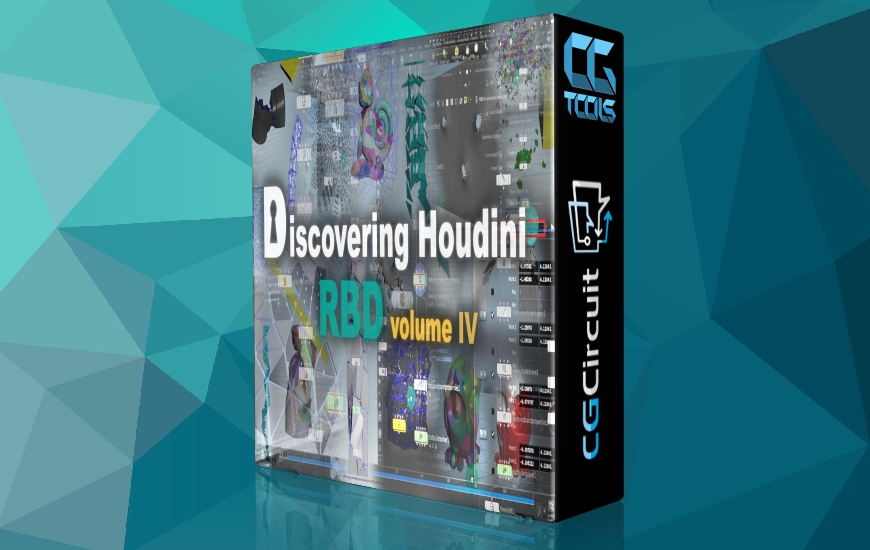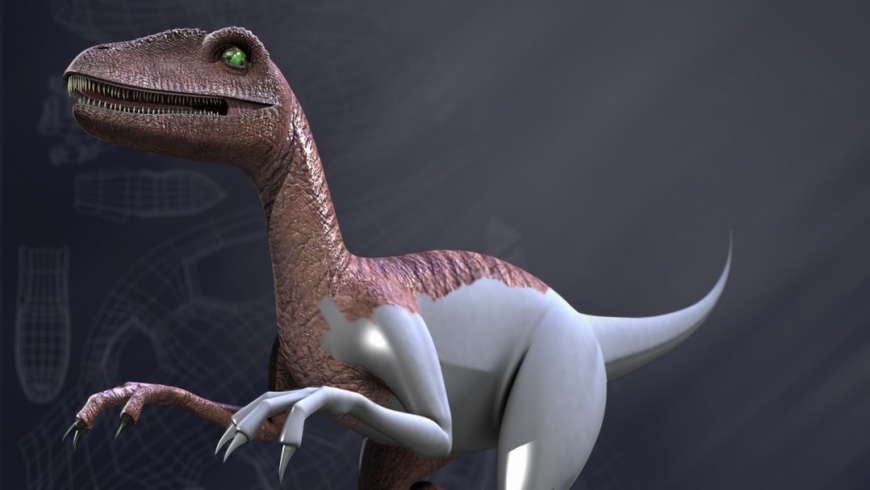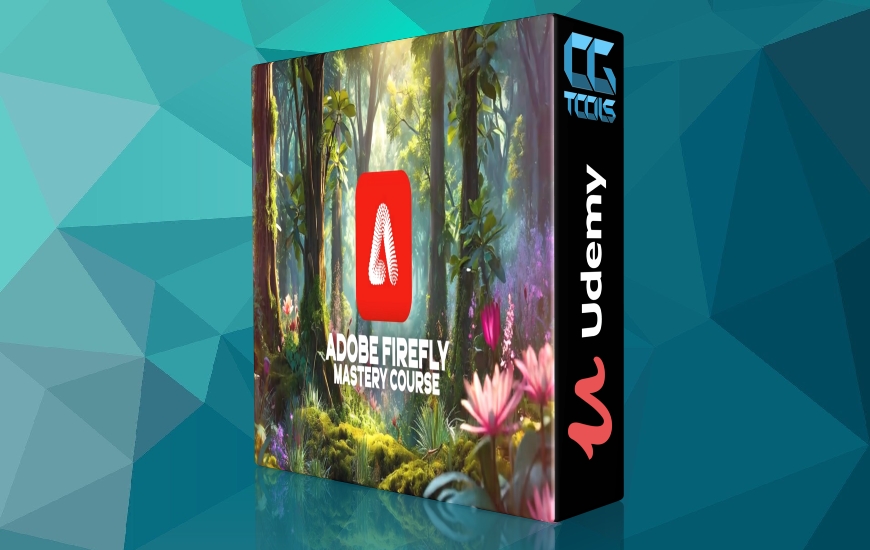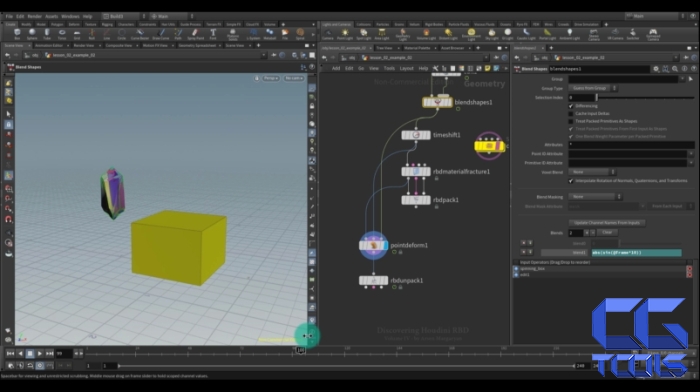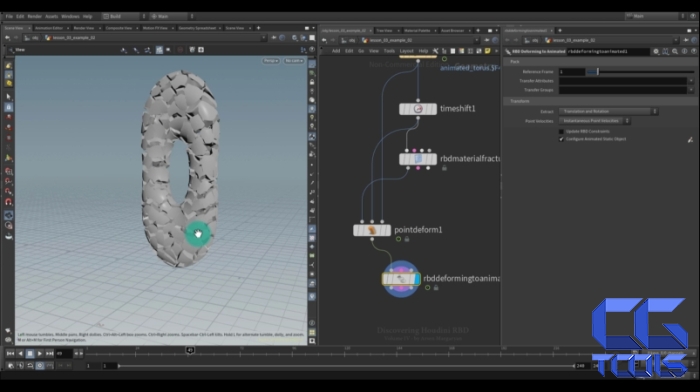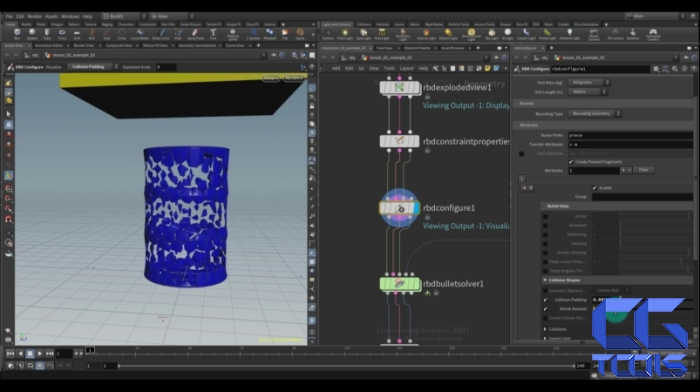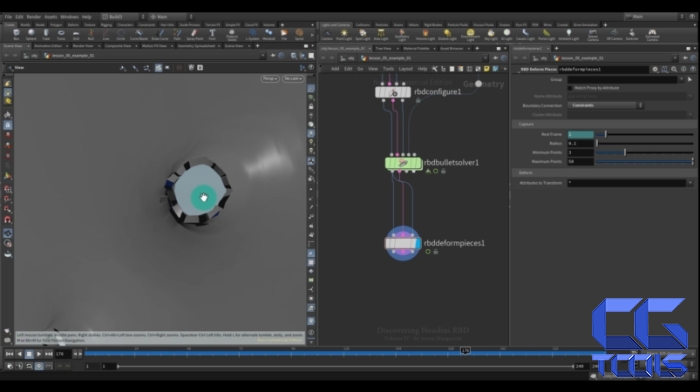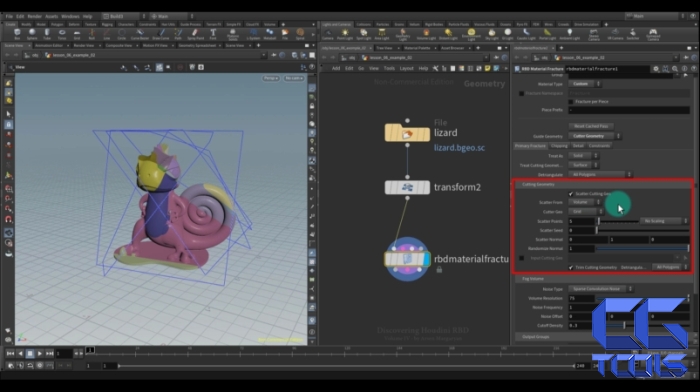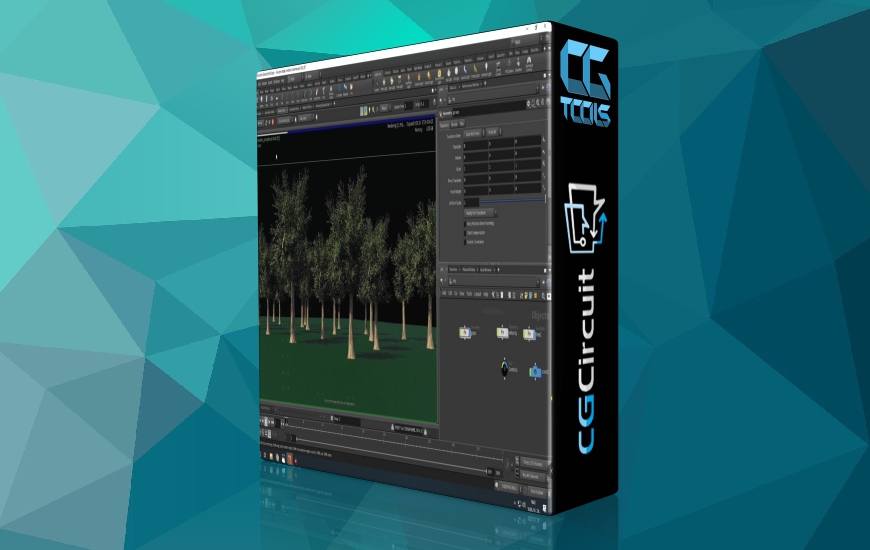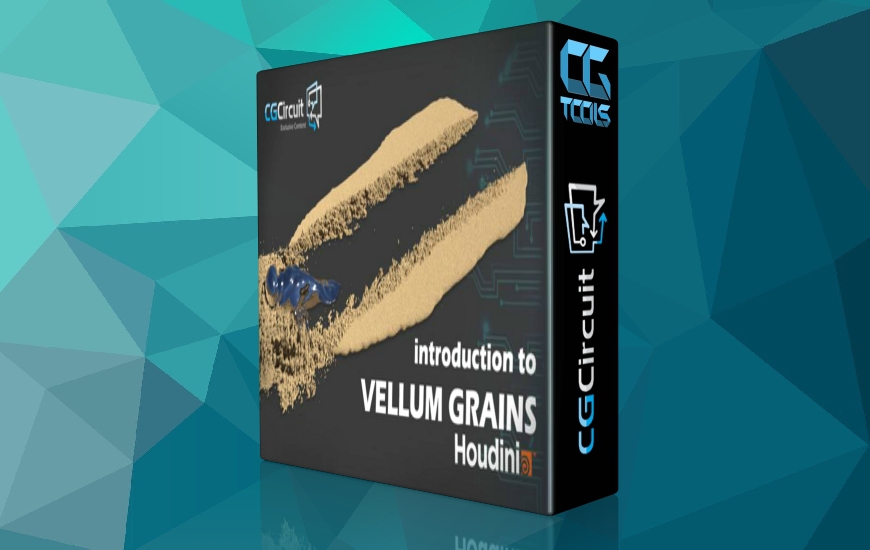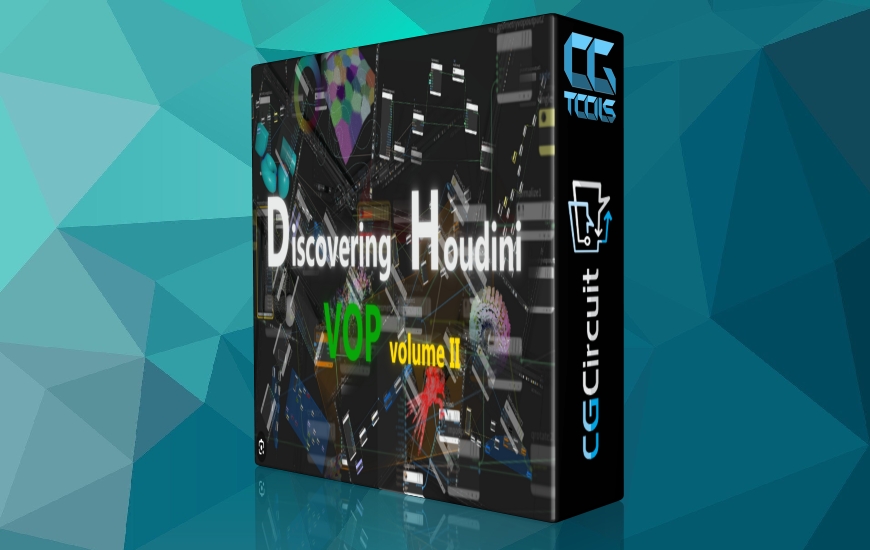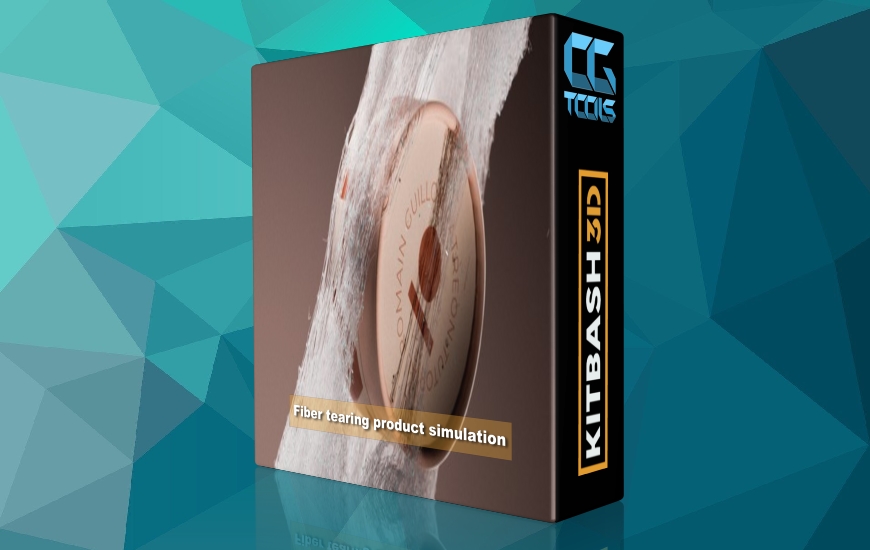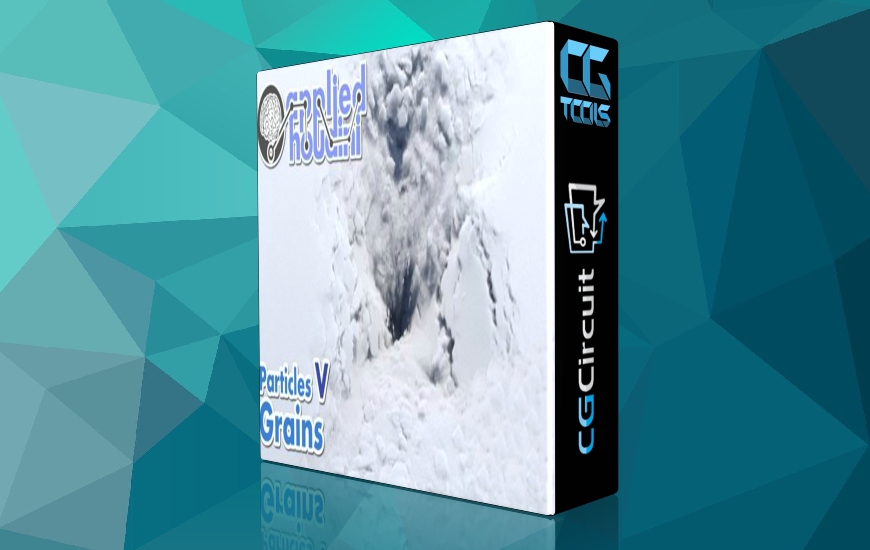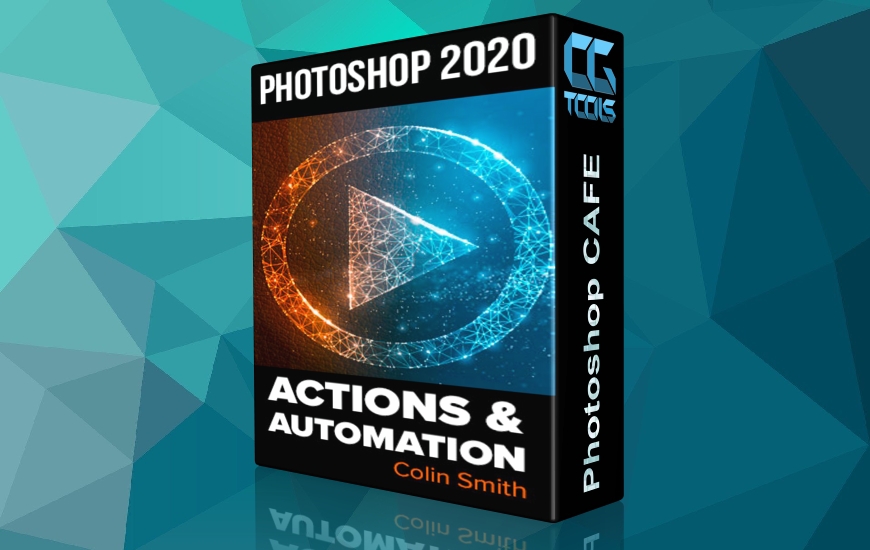![آموزش Houdini Vellum 4]()
سلام به همه؛ نام من آرسن مارگریان است و بسیار خوشحالم که چهارمین قسمت از یک پروژه بزرگ به نام کشف هودینی را به شما تقدیم می کنم که کاملاً به دانه های پوسته و مایعات مخملی اختصاص دارد و این احتمالاً جالب ترین و آبدارترین قسمت این بزرگ است. پس این درس ادامه سری قبل است و اکیداً توصیه می کنم فقط پس از تسلط بر سریال های قبلی آن را تماشا کنید.
اکنون چند جزئیات در مورد این درس. ما تمام خواص مرتبط با آنها را با جزئیات مطالعه خواهیم کرد و همچنین بسیاری از کارهای جالب و کاربردی را تکمیل خواهیم کرد که جعبه ابزار شما را بسیار گسترش می دهد زیرا Vellum سیستمی است که در آن همه انواع می توانند با یکدیگر تعامل داشته باشند و ماسه و مایع را به این سیستم اضافه می کنیم. ، از قبل می توانید کارهای دیوانه وار انجام دهید که اجرای آنها بدون Vellum عملا غیرممکن نیست.
همچنین میخواهم اضافه کنم که خود مفهوم vellum به گونهای است که میتوان آن را بینهایت گسترش داد، از نظر افزودن انواع جدید شبیهسازی، و همچنین محدودیتهای جدید برای کنترل بیشتر و موارد مشابه، که توسعهدهندگان در حال حاضر با موفقیت انجام میدهند. بنابراین اکیداً به همه توصیه میکنم که ولوم را با جزئیات مطالعه کنند زیرا پتانسیل عظیمی در آنجا پنهان است و تمام این چهار سری که منتشر کردهام به شما در این مورد کمک زیادی میکنند زیرا حجم زیادی از این قابلیتهای گسترده را پوشش میدهند.
مشاهده توضیحاتــ انگلیسی
Hello everyone; my name is Arsen Margaryan and I am very happy to present to you the 4th part of one big project called Discovering Houdini Vellum, which is entirely dedicated to vellum grains and vellum fluids, and this is probably the most interesting and juiciest part of this big project.
So, this lesson is a continuation of the previous series, and I strongly recommend watching it only after mastering the previous vellum series.
Now a few details about this lesson. We will study in detail all the properties associated with them, as well as complete many interesting and practical tasks that will greatly expand your toolbox since the Vellum is one system where all types can interact with each other, and adding sand and liquid to this system, you can already do crazy things, which are practically not impossible to implement without a Vellum.
I also want to add, that the concept of vellum itself is such that it can be infinitely expanded, in terms of adding new types of simulations, as well as new constraints for more control and the like, which developers are already successfully doing. So I strongly recommend everyone to study vellum in detail since there is a huge potential hidden there, and all these four series I have released will greatly help you in this matter because they cover a large volume of these vast capabilities.
